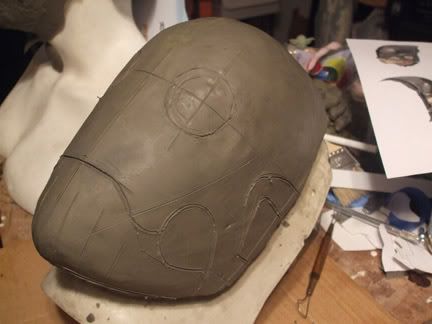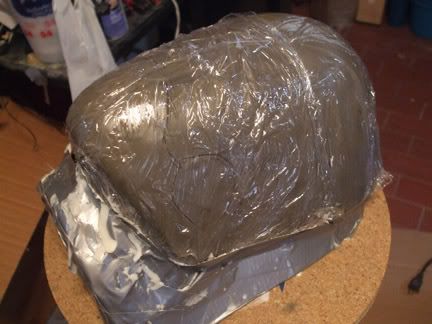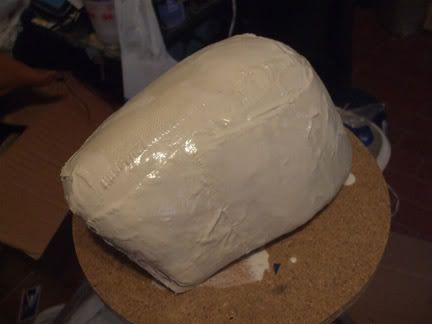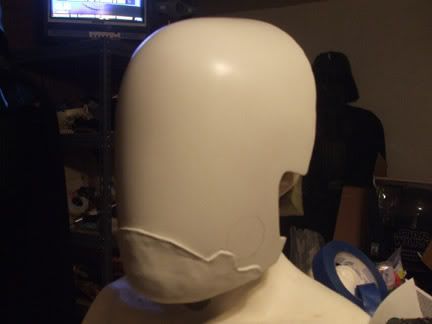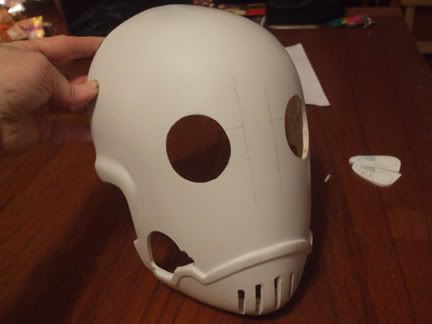pandatrooper
Well-Known Member
OK fiberglass experts. I've worked a little bit with fiberglas before (negative mold, gelcoat, using mat / cloth, resin) and I've done a good amount of casting (mostly resin / silicone molds) and I have a fiberglass question.
I want to make something out of fiberglass, but I don't want to create a mold for it. Mainly because:
- I don't intend on making copies, it will be a one off "build up"
- It's OK that the detail is slightly softer / smoother
- the time spent (or saved) from not making a mold in the first place.
So is it possible to keep the benefits of fiberglass (thin / light) and keep it to more of a "build up / one off" process?
I'm thinking of sculpting something in pink foam, and laying fiberglass cloth on top, to give it a hard shell. I was hoping to some how lay the fabric on top, spread the resin, roll out the air pockets, and when it cures, somehow be able to separate and remove the pink foam underneath. Not sure if it could be separated?
I've seen people make elaborate shapes for "sub boxes" for their cars, by cutting crazy MDF shapes, and stretching some kind of cloth (is it fleece or T-shirt material, or is it some special material?) over the form creating some pretty elaborate shapes. They then build up on top (or sometimes underneath?). I was wondering if this kind of technique could be used?
I don't want to use regular mat as I want the top layer to be somewhat uniform, and I'd prefer not to apply bondo on top.
Would this be a good approach? Will this be durable enough? Can I separate the cured glass / cloth surface from the foam (what could I use to separate them?).
Sorry for all the questions, but I'm typing / thinking aloud.
Thanks in advance!
I want to make something out of fiberglass, but I don't want to create a mold for it. Mainly because:
- I don't intend on making copies, it will be a one off "build up"
- It's OK that the detail is slightly softer / smoother
- the time spent (or saved) from not making a mold in the first place.
So is it possible to keep the benefits of fiberglass (thin / light) and keep it to more of a "build up / one off" process?
I'm thinking of sculpting something in pink foam, and laying fiberglass cloth on top, to give it a hard shell. I was hoping to some how lay the fabric on top, spread the resin, roll out the air pockets, and when it cures, somehow be able to separate and remove the pink foam underneath. Not sure if it could be separated?
I've seen people make elaborate shapes for "sub boxes" for their cars, by cutting crazy MDF shapes, and stretching some kind of cloth (is it fleece or T-shirt material, or is it some special material?) over the form creating some pretty elaborate shapes. They then build up on top (or sometimes underneath?). I was wondering if this kind of technique could be used?
I don't want to use regular mat as I want the top layer to be somewhat uniform, and I'd prefer not to apply bondo on top.
Would this be a good approach? Will this be durable enough? Can I separate the cured glass / cloth surface from the foam (what could I use to separate them?).
Sorry for all the questions, but I'm typing / thinking aloud.
Thanks in advance!





